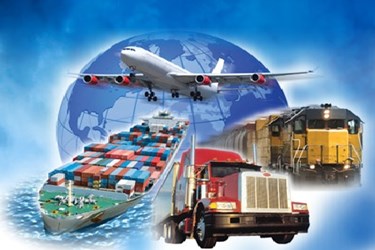Cutting Costs Through Better Supply Chain Visibility
By Melissa Lind, contributing writer

In a tight business environment, such as the food industry, cost reduction is always a top priority. Establishing more efficient transportation logistics through enhanced visibility can reduce your food supply chain transportation costs.
Many organizations may know that visibility within the supply chain can lead to greater efficiencies. From raw material sourcing, through manufacturing, to the end product, visibility is a key way to reduce production costs, but faulty transportation management can throw a big kink into your perfect system. Even if you source the right ingredients, not getting them on time costs money. Even if your products are made in a high-efficiency manner, not getting the right goods to the customer at the right time costs you money. Even one mishap in transportation logistics can introduce a significant delay in production and delivery. You may be able to solve this problem by increasing visibility in your transportation system.
Transportation is often a hidden cost, unpredictable and unreliable. In a small operation, costs may vary widely based on sudden need. In a large operation, any obstacle in the transportation system can cost millions of dollars.
Increasing visibility of your supply chain outside of your facility, goods, and products, includes transparency within the transportation chain. Your data will need to be visible down to the product level and to get complete visibility, this may require integrating enterprise resource planning (ERP) systems and will certainly involve a Transportation Management System (TMS).
The supply and demand of food commodities and products is not a static or even a slow-moving environment. When international markets and environmental issues are factored into the equation, the situation becomes even more complex. With adequate management of supply chain logistics, including transportation, you can respond to changes in price or availability of raw goods or arrange for alternate routes in a quick manner.
Current TMSs are available that can manage transportation logistics down to the carton. However, that technology needs to be integrated with your current systems so that you can see where the ingredients are, when they are expected and follow that process all the way through your plant and out to your customer.
As the food supply chain continues to go global, supply chain management is a more complex issue and visibility is a bigger issue. There is more than one way to get goods from point A to point B you need to know them all. You can’t work with a blind spot in transportation. Whether you use your own TMS, or rely on a shipping company’s system, you need to integrate for visibility from raw ingredients through delivered product.
